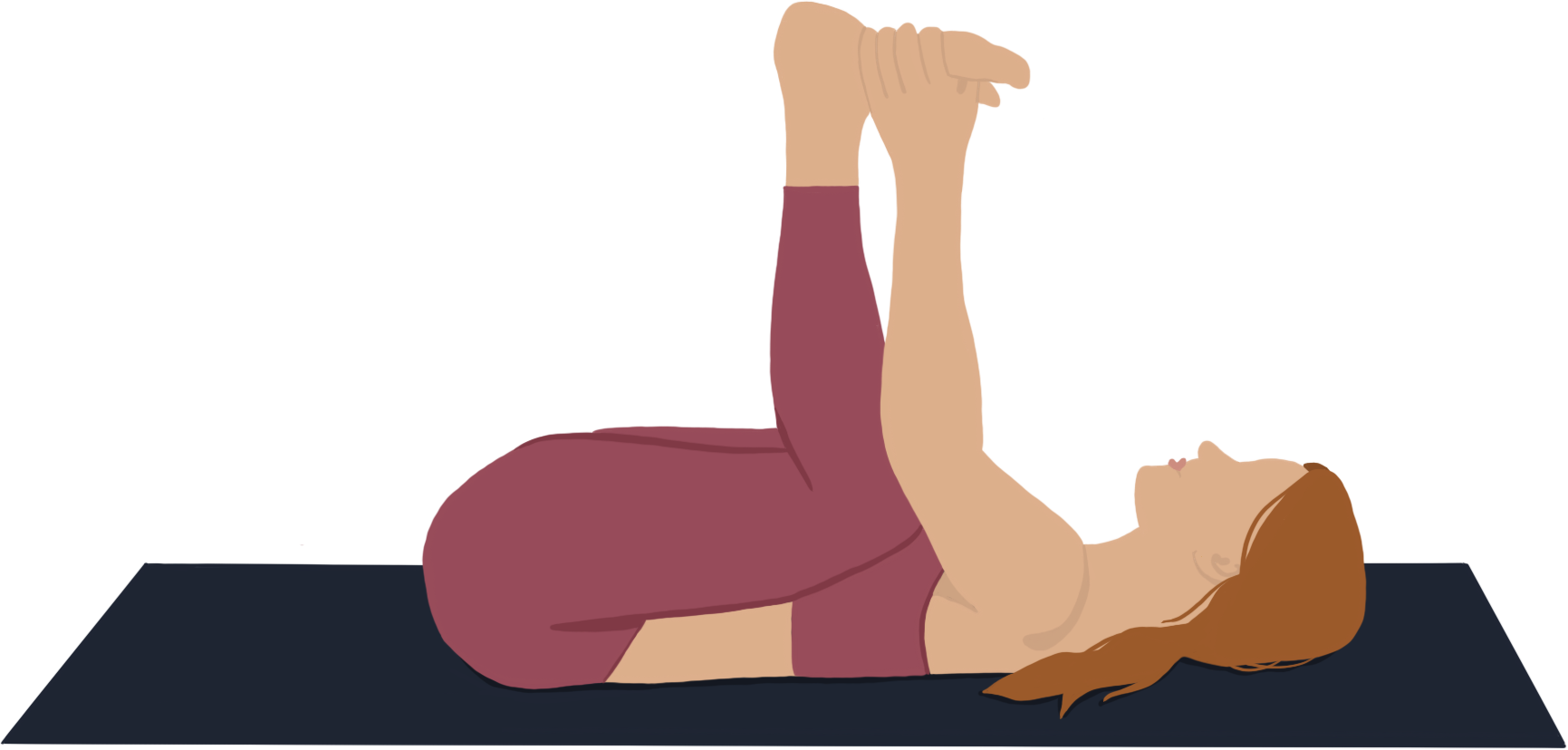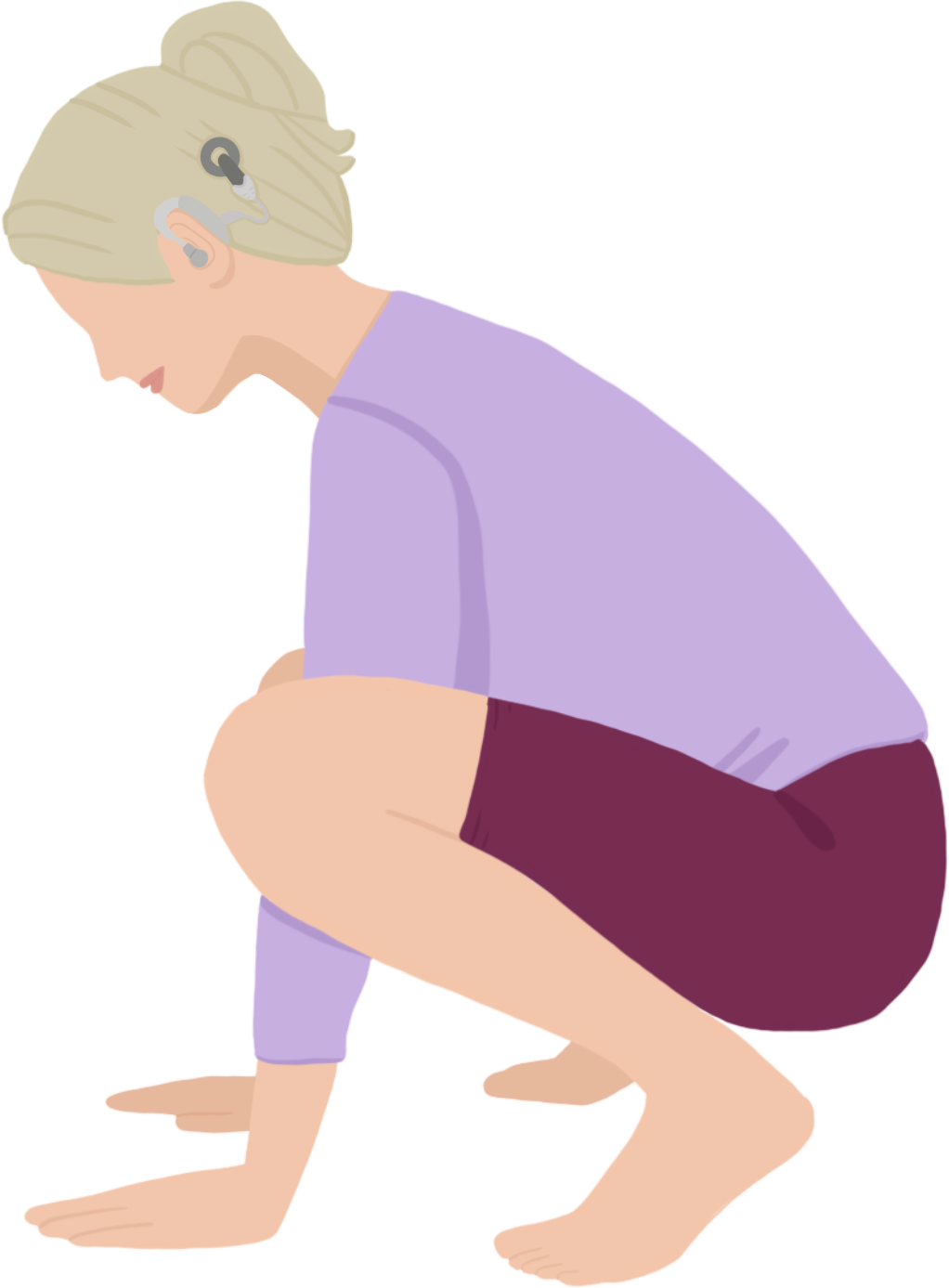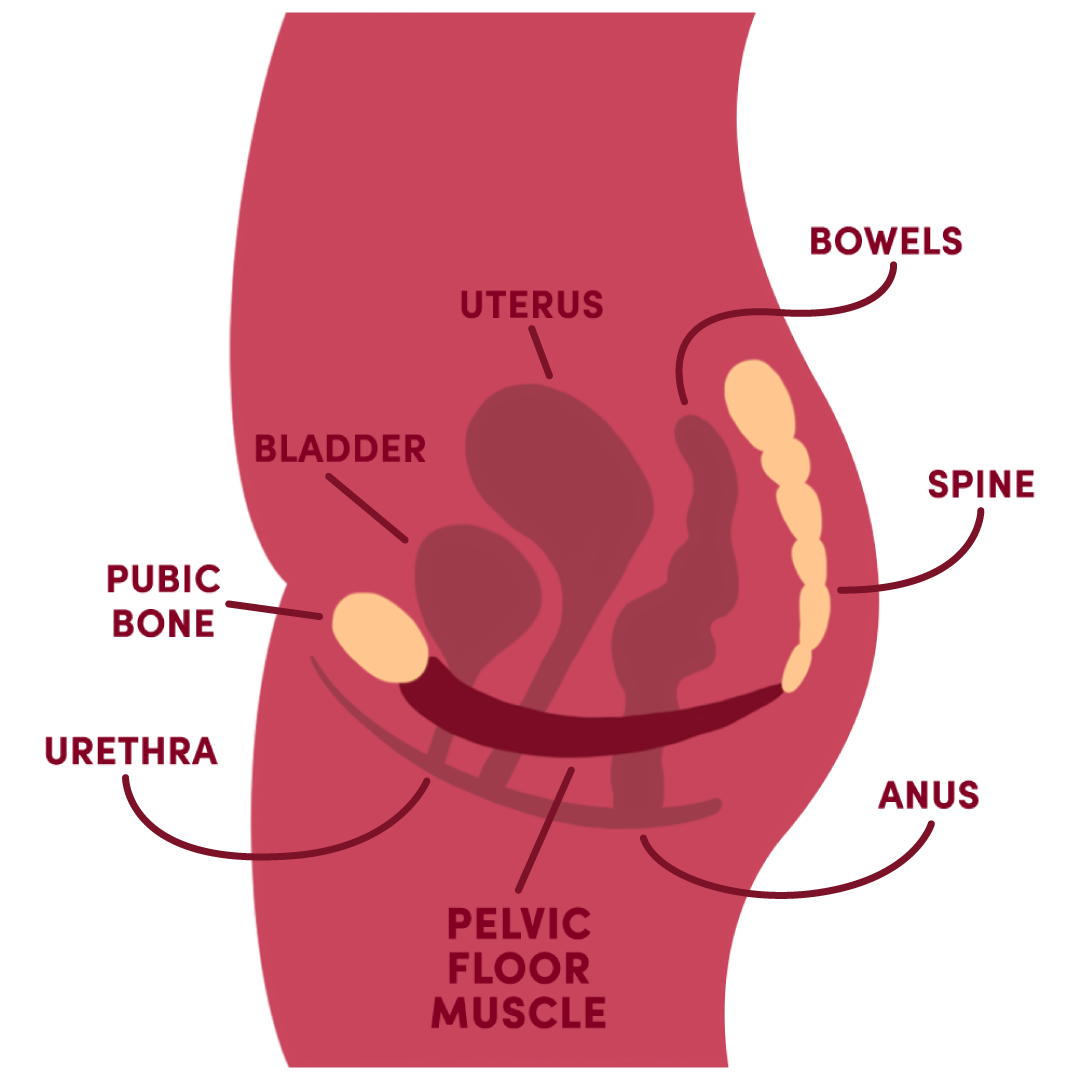Endometriosis is a disorder in which tissue similar to the tissue that forms the lining of your uterus grows outside of your uterine cavity. The lining of your uterus is called the endometrium.
Neuropathic pain
Neuropathic pain is usually described as a burning sensation and affected areas are often sensitive to the touch. Neuropathic pain can happen if your nervous system is damaged or not working correctly.
Sexual arousal
Sexual arousal seems simple enough but it depends on so much!
Arousal is essential in the battle against vaginismus because vaginal lengthening and lubrication are all factors of pain-free sex.
If you are having trouble in this department that’s totally ok. Some studies show a decrease in libido among people with vaginismus, endometriosis, and vulvodynia.
Here’s a little mental checklist next time you are struggling, because remember GINAs – the brain is a sexual organ too.
- Self – how do you feel about yourself emotionally and physically?
- Sex – how do you feel about sex?
- Body – how is your body feeling? Tight? Tired? Sore?
- Partner – how do you feel about your partner? Do you want to have sex with them?
- Relationship – do you feel safe? Do you trust this person?
- Environment – are you comfortable? Cold? Cramped?
While you can totally have enjoyable sex without ticking every box (sex on the beach sounds fun, sand does not) just remember that these factors could influence how aroused you are in the moment.
Having sex while your partner’s family is next door playing scrabble sounds stressful. So does trying to fit in some fun in a bathroom stall without a lock.
Try identifying some areas to work on, or next time you are experiencing a lack of arousal do a little mental check from the list above and see if you feel more comfortable, aroused, and less anxious.

If you want to know more about arousal, in particular how masturbation can help during dilator therapy, see ‘Dilators’ under ‘Let’s Talk Treatment’.
Pelvic floor stretching
Overactive pelvic floor muscles are not something that’s easily noticed by people day-to-day, in fact, many people notice a lack of tension in their pelvic floor and often exercise to increase strength in the pelvic floor (think kegel exercises).
However, people with vaginismus often have an overactive and tight pelvic floor, or even trigger points or specific areas of tension within the muscle that can feel painful when pressed.
 The goal with pelvic floor exercises is to combine simple stretches with mindful breathing techniques to loosen the muscles in and around the pelvis and relax the pelvic floor.
The goal with pelvic floor exercises is to combine simple stretches with mindful breathing techniques to loosen the muscles in and around the pelvis and relax the pelvic floor.
So, you probably skipped the breathing exercises topic thinking you knew everything there was to know about breathing? Go back, because you’ll need to combine these techniques with the pelvic stretches below.
Ok, now you’re all caught up on how to breathe (lol ok thanks). Below you will find a number of simple stretches that are designed to loosen the pelvic region. Follow the stretching plan and hold each stretch for 30 seconds as you breathe mindfully into your belly.
Remember to stretch both the left and right sides. These exercises will help most when done every day and most GINAs find it useful to do these in the evenings as it relaxes them before bed and loosens their bodies from a busy day.




Remember – the most important exercise is an internal one, contracting and relaxing your pelvic floor. Kinda hard to do.
TO NOTE! (aka important)
These exercises should not cause pain, if you do feel pain visit your doctor or physiotherapist, they can investigate further or give you some alternative stretches to suit your body.
If you find these hard to do based on just the images, go ahead and find a video on YouTube by searching ‘pelvic floor guided relaxation’ or search for one of the poses named above.
This will ensure you are holding and performing the stretches properly and will help you get into a routine if you have never tried this before.

Further along, we will discuss physiotherapy in more detail, but any good pelvic floor physio will teach you these stretching and breathing techniques. These are the basics baby, you gotta be able to tango before you can foxtrot!
Secondary vaginismus
Secondary vaginismus is often situational; it could result from sexual trauma, surgical or post-delivery scarring, endometriosis, inadequate vaginal lubrication, estrogen deficiency, an uncomfortable previous sexual encounter, or sexual assault.
It’s important to remember that vaginismus is not:
- Endometriosis
- Vulvodynia
- A curse
- Something you have to go through alone!

You’ve probably now reached the point where you are beginning to realize that Charlotte, Miranda, Samantha, and Carrie have all shamefully let you down. That’s ok because in GINA we trust.
How to use this app
GINA is designed to be your BFF, but better because they are on call anytime you need. Work your way through the content any way you like, the sections are designed to be bite-sized topics for you to explore in your own time. Or scream through them as quickly as you can, and refer back again and again when you need help, reassurance, or support.

There is a glossary of terms for when you get a little lost and also a couple of reminders you can set to keep you on track and moving forward.
Also (last reminder, we promise) GINA = a vagina with vaginismus. You’ve got one, we’ve got some, and chances are someone you know has one too. Cute.
Pelvic floor physiotherapy
You may not have heard of Pelvic Floor Physiotherapists (PFPs) but we thank Beyonce every damn day they exist because your vagina will love them!
A typical physiotherapist treats pain and mobility issues by teaching patients gentle stretches and exercises. A pelvic floor physio is specially trained to help rehabilitate pelvic floor muscles. (Wahooo thank you PFPs!)
PFPs can help people rehabilitate their pelvic floor muscles that may have been weakened by childbirth, surgery, heavy lifting, constipation, or menopause AND they can also help treat pelvic floor muscles that work overtime, even when no one has asked and no, they are not getting paid!
Your First Appointment
So what exactly do you do at the PFP and how should you prepare?
Your first PFP appointment will most likely include a diagnosis of vaginismus, as your regular doctor may not be across all the symptoms, (or heck they may not even understand what vaginismus is), so usually, the PFP will be able to give you an accurate and informed diagnosis. Hallelujah!
Your first PFP appointment will usually begin with a questionnaire on any relevant medical history and the type of pain you are experiencing in your pelvic region. It could be important for you to include any medications you are on or any accidents or injuries you have had.
Your PFP will then ask you to describe the pain you are feeling, where it is, and what situations trigger it.

They should then explain the pelvic floor muscles and how they work in detail and may ask you whether you have heard the term ‘vaginismus’ before (lol yeah only about 1000 times since I became woke to the world of sexual pain).
Your PFP may also ask you whether you are comfortable with having a physical examination and if you feel safe and comfortable to do so you may agree.
They will wear gloves and use a lubricant to perform the physical examination, which usually consists of touching on the outside of the vulva, examining inside the vagina (if possible), and the pelvic floor muscles within.
It could also include pressing the muscles around your pelvic region (tummy, thighs, buttocks). Usually, if your pelvic floor is holding lots of tension these surrounding muscles will also be tight.

Your PFP may ask you to describe or rate the intensity of any discomfort or pain you may be feeling, however, they should not hurt you or push you if you are experiencing pain or discomfort.
The purpose of the examination is to understand and locate the pain, not cause excessive pain or discomfort. This part can often feel weird and scary but remember you can stop at any time and your PFP is there to guide you and support you.
What won’t happen during your session:
- Multiple choice test on the history of the burrito
- Sharing of Netflix passwords and account details
- Nail art of any kind

After your first appointment, your PFP could refer you to a sex psychologist, recommend you start using dilators, ask that you undergo further tests or examinations, give you a list of breathing and stretching exercises to do, or provide some further literature to help you understand your condition (hold your horses! we will cover all of these).
Once you are at a stage where you can tolerate insertion, your PFP may also recommend regular visits to work on internal muscle massage and relaxation.
Yes, we are basically discussing an internal massage for the pelvic floor.
Yes, that means your PFP will massage you from the inside and work on relaxing and unlocking the tension you carry in your pelvic floor. BONKERS! But effective.
Reminders
Some important things to remember before your appointment:
- Some people may feel more comfortable being examined by a female PFP (that’s totally ok, and not a weird thing to ask when booking your appointment so feel free to ask the receptionist on the phone if you are unsure! Names can be tricky and the most important thing is that YOU feel comfortable)
- Any good PFP will ask or instruct you on what they are doing before or as they are doing it (‘is it ok if I touch you here?’, ‘I am just going to put some pressure on this spot’) if your PFP is not doing this, you can always ask that they explain or prepare you before they make any movements during your examination, to make you feel more comfortable
- It is totally 100% ok to cry! Seriously, we mean it. PFPs have seen it all and most of the GINAs they meet are scared, in pain, confused, and emotional beautiful butterflies who are on a tremendously personal journey and probably could use a shoulder to cry on (who doesn’t?!). Cry, breathe and get back on track, this appointment is about YOU, no need to feel embarrassed, you are not the first and you will not be the last
- If you don’t feel comfortable with a physical examination today, that’s ok!
- Depending on where you live (hello sweet dutch daisies we see you!) It may be more cost-effective to get a referral from your medical practitioner or family doctor to see a PFP, as they can be a little expeno (slang for expensive (thanks Australia!)).
- Feeling confused about what to say and what to do? Visit the ‘Helpful Conversations’ section of the app which contains a handy conversation script for your appointment with your PFP (super handy and you are super welcome).
Pelvic Floor
The pelvic floor is a group of muscles and ligaments that support the bladder, uterus (womb), and bowel, these muscles help you to control bladder and bowel function.

Stigma
The stigma surrounding pleasure is a tale as old as time. From the patriarchal origins of sexual theory (think Freud) to the growing market for genital cosmetic surgery, there continues to be shame surrounding genitalia, sex, and pleasure.
For example, the shame and discrimination faced by the LGBTQIA+ community impact the resources, health services, and support available to them.
The pressure for women to orgasm exclusively through penetrative sex and the myths surrounding the ‘g-spot’ deepen the misinformation surrounding female pleasure. Enforcing penetration as the endgame of sex contributes to women’s ongoing sexual dissatisfaction.
While there are some mainstream disruptions such as Netflix’s Big Mouth and Sex Education, many of us are continually working to unlearn or let go of negative sexual norms.
If you are suffering from vaginismus, just remember, it is not your fault. Through your journey to pain-free sex, you will learn so much more about your body, pleasure, and satisfaction than you knew before.
There is so much more to life than sex, and there is so much more to sex than penetration.
Try exploring some new literature, discussing some of your pre-conceived notions around sex and pleasure with your sex therapist (or a friend), and even just listening to some sex-positive podcasts.
If you are not already surrounded by sex-positive conversations (we get it, family dinners are not the best place to bring up who taught you about pleasure) try surrounding yourself with them virtually.
We live in an age where you can explore so many different ideas on sexuality and pleasure, right at your fingertips. We also love dirty jokes.

Primary vaginismus
Primary vaginismus occurs when penetrative sex or other vaginal penetration cannot be experienced without pain.